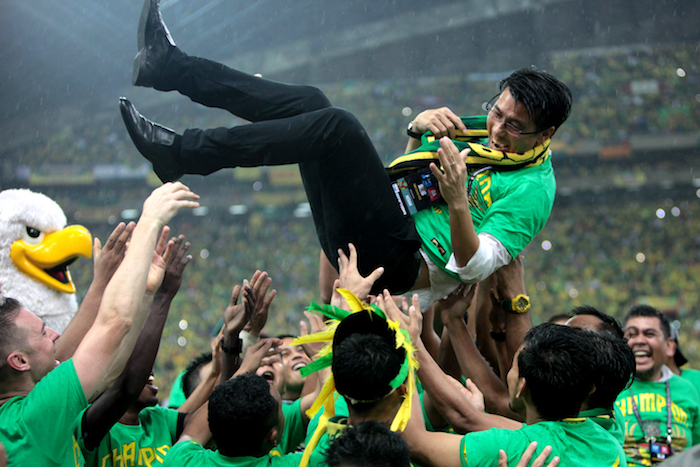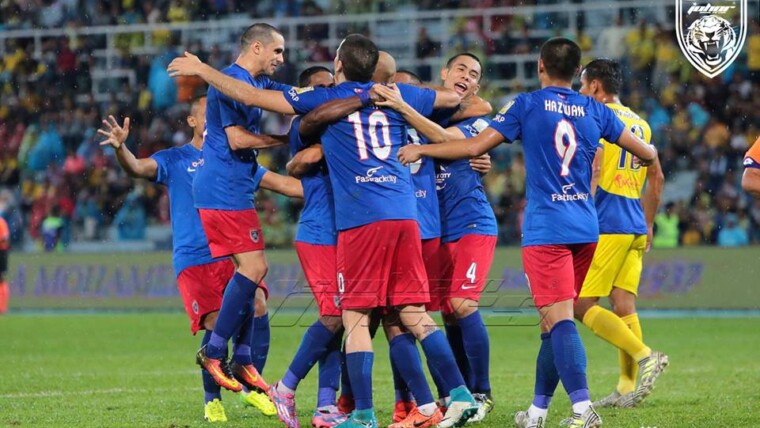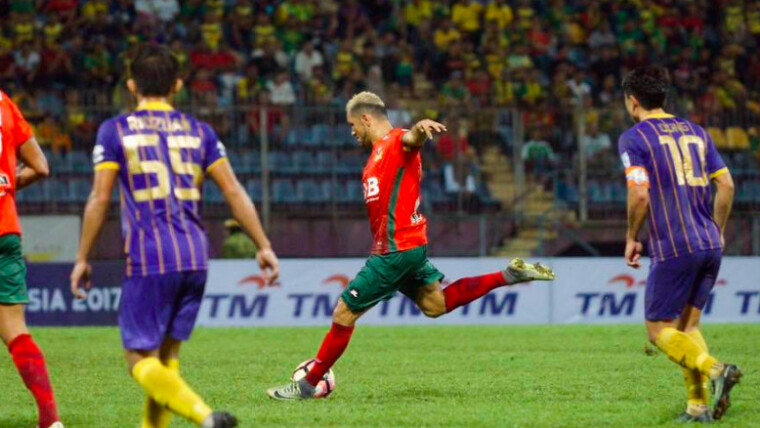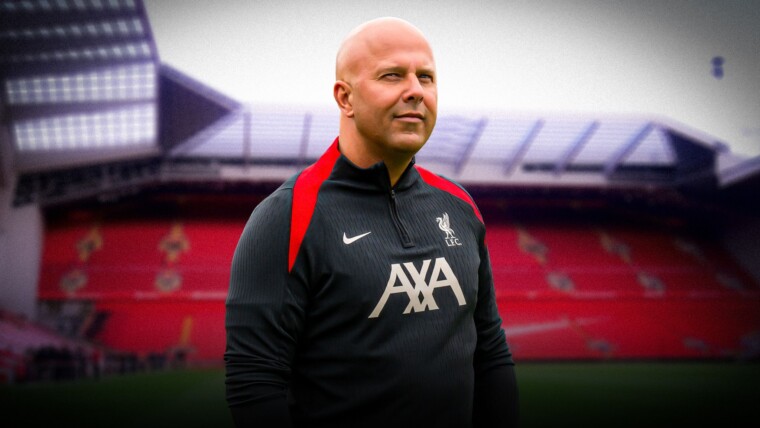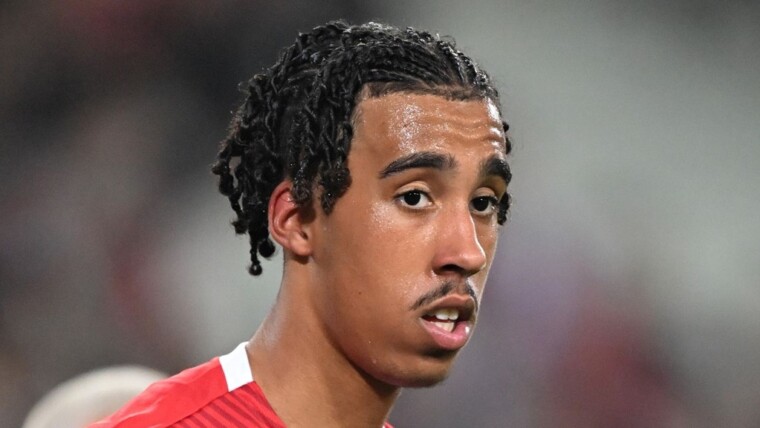
This was a win not only for one of Malaysian football’s good guys, but also a huge vindication of his tacit support for a developmental programme introduced in Kedah over the past 3-4 seasons. Initially supported by the then Mentari Besar of Kedah, Dato’ Seri Mukhriz Mahatir, Cheng Hoe has fashioned a team in the right way. An attacking style provided by a team with well-selected foreigners, allied to a willingness – even a desire – to promote players from within Kedah’s developmental squads. In a week when Malaysia SEA Games project Coach Frank Bernhardt expressed the opinion that he hoped the players who are in the squad for the 2017 SEA Games might sign for teams with whom they will get game time, then he may well have had Kedah in his thoughts.
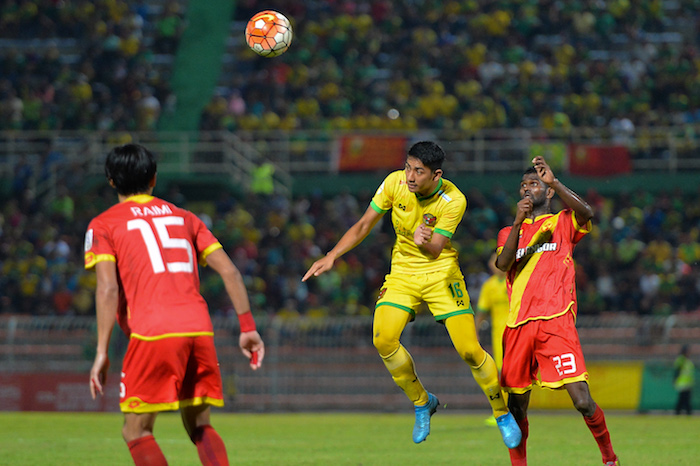
Two others – centre-back Syawel Nordin and influential midfielder Amirul Hisyam – were brought back to the State in the close season from the Harimau Muda set-up, and both played roles both in Kedah’s Malaysia Cup win and third placed position in the Malaysia Super League. When you consider that recent International debutants Rizal Ghazali and Syazwan Zainon have also been part of the under 21 set-up having been “rescued” from stuttering Northern neighbor, Perlis, and add to that core the likes of under 21 Graduates Syafiq Ahmad, Hanif Dzahir and Azri Mardzuki plus the more experienced “Kedah until I die” players like Baddrol Bakhtiar and Khairul Helmi, and the story becomes an even more impressive representation of the work going on developing players behind the scenes in the Northern State.
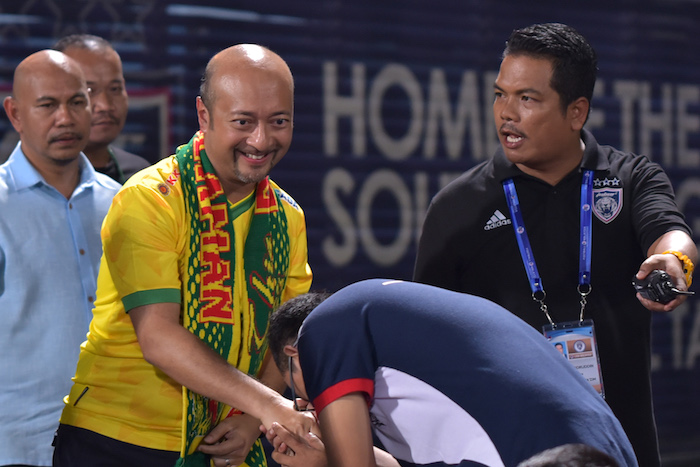
Eighteen months ago, I was given sight of an internal report made to Kedah FA in which a vision outlining the production and promotion of local players with the ability to regularly compete and win trophies was described. Key to the methodology was a pyramid structure and development pathway for locally scouted and recruited players to move from the youth teams to the senior team. Several other elements were outlined in the report to ensure that this could be achieved, not least of which was an internal structure containing far-sighted administration, allied to educated Coaches and supportive parents/guardians all of which could augment the talent of the players.
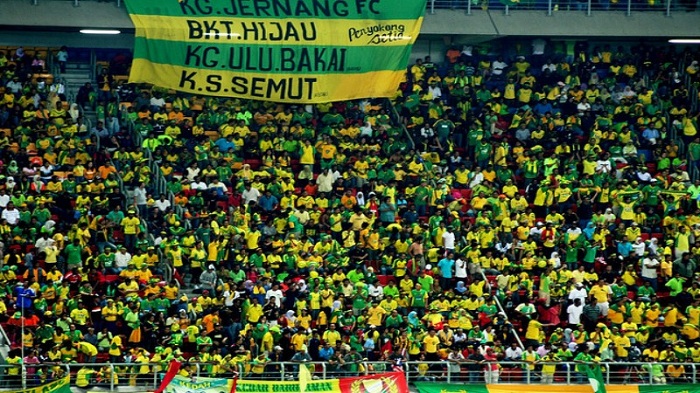
Having been aware of this report (made by Technical Director and under 21 Coach, Ian Gillan), I followed Kedah’s progress this season with a particular interest in Cheng Hoe’s deployment of younger players. The season didn’t start well. Cheng Hoe had to inculcate a glut of new players signed from the Harimau Muda project and new star signing, Kahe, into a team that had finished 2015 as Runner up in the Malaysia Cup, and 5th in the Super League. There was also uncertainty surrounding the financing of Kedah’s team for the season. So perhaps it was no surprise that the 2016 season started in less than fabulous circumstances.
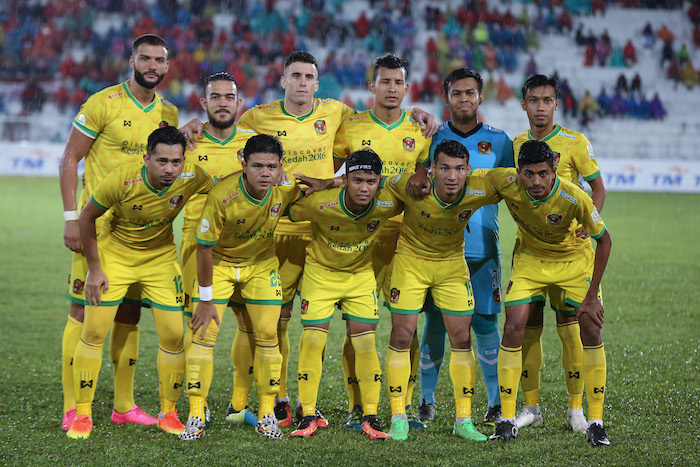
In two stunning semi final matches, Kedah’s young charges pushed JDT’s all stars all the way only to lose out to a last minute goal at the Larkin Stadium for a 3-4 aggregate defeat. But for the likes of Farhan Roslan, Abdul Halim, Syazwan Tajuddin and Osman Yusof – pitched into that cauldron as a first half substitute – it was an indication that they could mix it with the best in Malaysia. It’s also no coincidence that Abdul Halim had benefitted from a 5-week training stint with Australian club, Perth Glory, and Osman Yusof had spent a similar stint at Cardiff City – two of nine placements made at these clubs over the past 3 seasons, all organised by under 21 Coach Gillan who described the players as “unrecognisable” after returning from their foreign training opportunity.
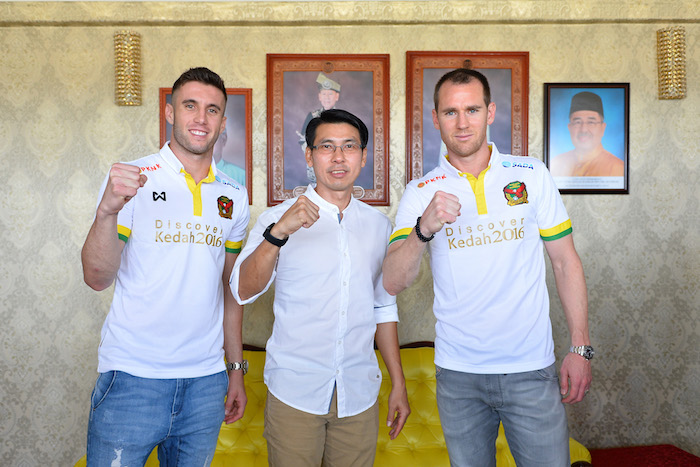
July saw three wins, a draw and a loss in addition to the lessons learned from the Larkin Stadium battering. Kedah registered six wins (four in the League and two in the Malaysia Cup) a draw and just 1 defeat in August whilst September produced four straight victories with 13 goals scored, and just two conceded. In all, Kedah suffered just one defeat in 13 matches from the middle of August until the Malaysia Cup final – a run that sent The Canaries into the final against Selangor full of confidence. All with a team filled with young(er), Kedah-trained players making significant contributions.

But the development team needed a coach who believed in their products, and in Tan Cheng Hoe, Kedah have a coach who has a history of trusting young players to do men’s work. He was assistant to K Rajagopal when Malaysia’s then young team won the 2010 Suzuki Cup. And to ensure that the “culture” of Kedah was adhered to, players from Kedah’s history are entrusted with guiding the next generation. Ian Gillan – the architect of many of the behind-the-scenes developments – had one of the famous double-treble team, Victor Andrag, as his assistant, and Fauzi Nan as Coach of the under 19’s. Kedah’s development Coaches will have an ingrained respect for Kedah’s historical past because they were a key part of it! Tan Cheng Hoe was part of the Kedah team that won the Malaysia Cup in 1990. He’s ingrained in it as well.
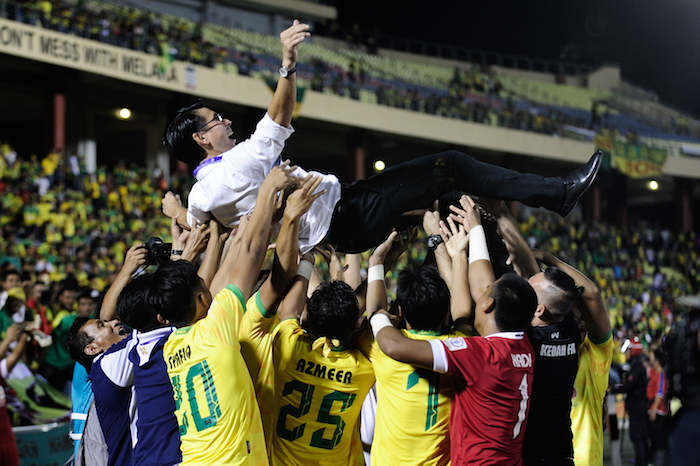
But this is Malaysian sports where political influence is never far from the surface. There’s been a new regime in place in Alor Setar since February, but budgets for 2017 are uncertain. As we go to press, Tan Cheng Hoe is still unsure of his future, and Development head, Gillan, is believed to be heading back to Australia having been with the State since being brought over as assistant to Dave Mitchell in 2014.
Other posts by Dez Corkhill

